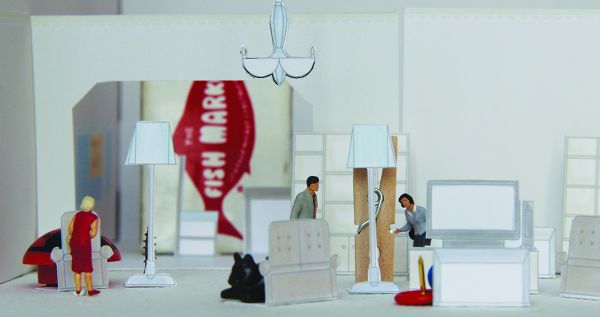Monica Lambert, who last year had Wilson stage her North Glenora house before selling it through ComFree, said her kitchen knife block was one of the first things that had to come down. “Because it’s sort of like having weapons around,” said Lambert. “I had gotten so used to it.”
House-hunters don’t just shop with their eyes; their noses are also in overdrive.
Scent is a powerful cue for emotion, and odours you might find innocuous, even pleasant, could perplex or even disgust a potential buyer.
“Some people’s houses smell terrible,” says Gargus, who was a real estate agent before launching her staging business seven years ago. “We’ve had some properties that smell like body odour very badly. Curry is difficult to stage with and sell with,” she says.
Sometimes a sick person has lived in a house for a long time, leading to that peculiar cooped-up smell. Animals can also create unpleasant odours. Gargus recalls a client who bred basset hounds in the house, allowing dogs to give birth in the kitchen.
Cleaning and painting can help get rid of odours that have permeated the walls. Wilson even tells clients to refrain from cooking strong-smelling foods while their house is on the market. “The best scent in a house is no scent at all – fresh air,” she says.
As these examples suggest, buying a house is as much a sensory experience as it is a financial one.
In the grand scheme of selling your house, staging is surprisingly affordable. Prices range from Wilson’s basic guidance session, where she’ll give you a to-do list for $225, to Gargus’s one-to-three-day staging blitz, where she’ll bring in a team of workers to banish clutter, clean and stage the home. That service ranges from $1,500 to $4,000 depending on the needs of the client.
Home stagers say their service provides a massive return on investment, and statistics back up their claims.
A 2009 survey of nearly 1,000 U.S. real estate agents by the real-estate blog, HomeGain.com, found home staging, with an average cost of $300 to $400, resulted in a $1,500 to $2,000 increase in the price of the home. The survey found that real estate agents overwhelmingly recommend using staging as a cost-effective way to maximize the sale price of your home, even over renovating the kitchen and bathroom.
